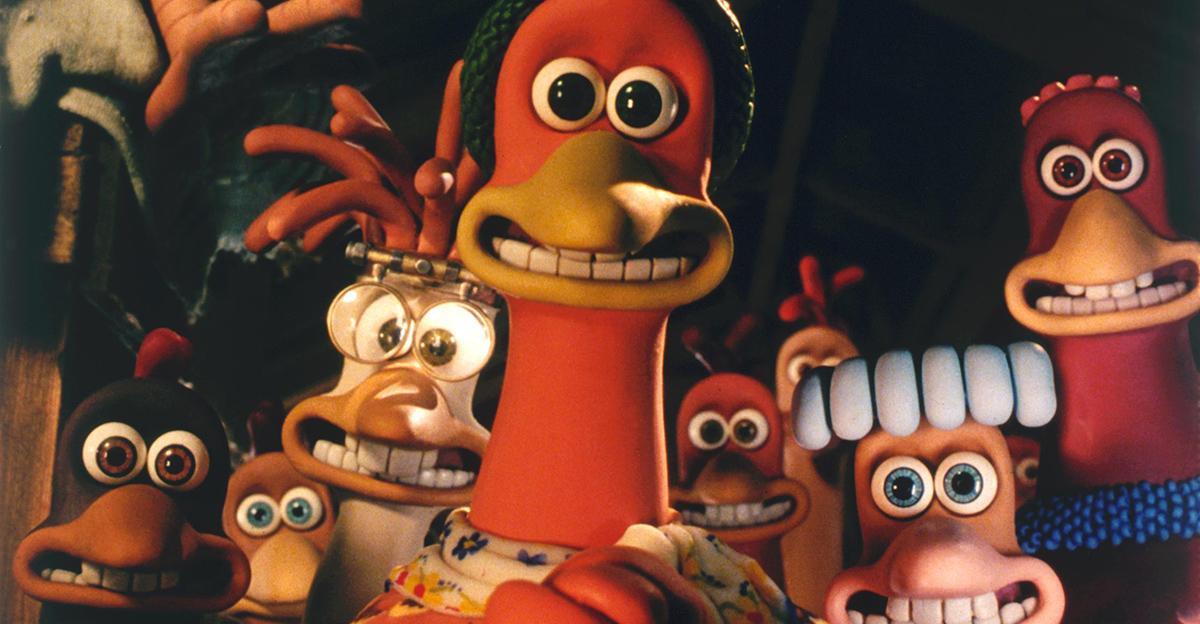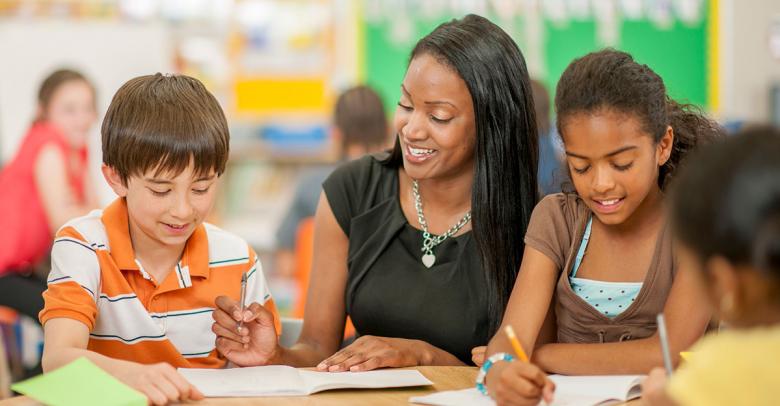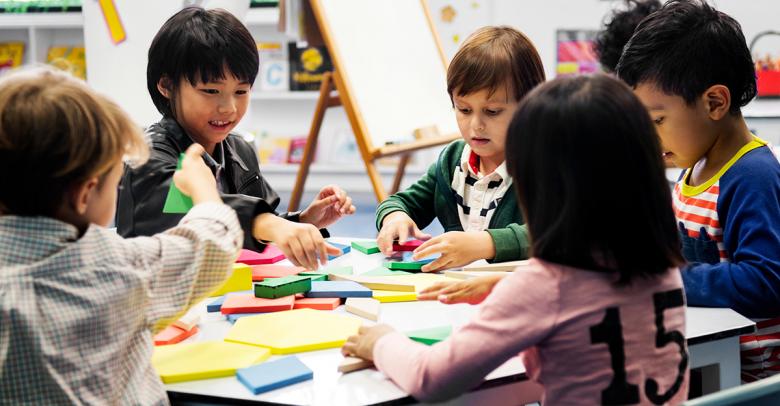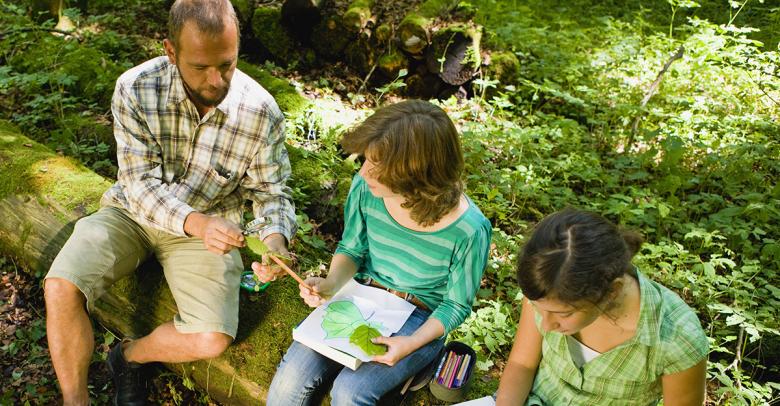Kids are cartoon fanatics! Add their unbelievable digital savvy, and you’ve got the perfect recipe for stop motion animation superstars. Why not try a stop motion animation lesson plan with your students? Follow our 101 art series model below!
Stop Motion Animation Steps
Create Your Props
First, have your students create characters, vehicles, homes, and buildings—whatever comes to them—out of your chosen material. You could sculpt your props out of air dry clay, create pipe cleaner people, or even build props out of found materials. It’s always a good idea to sketch initial ideas on paper before moving to your medium of choice.
Set up an impromptu studio. Using two sheets of white foam core, create a ground and a backdrop. Be sure to set up your studio in a well-lit location. Windows provide excellent natural lighting.
Gather Your Gear
You can use a digital camera, tablet, or smartphone to shoot your stop motion animation, but you’ll need a tripod to keep things steady. This is crucial for good stop motion videography! You’ll also need to load stop motion software to assemble your animation.
Film Your Scene
Set up any stationary props you’ll be using (your buildings, houses, and trees) and place several of your characters near them. With the camera zoomed in close enough to see only the board and at eye level with your characters, take your first shot. Now, move the characters slightly—no more than an inch or two—and shoot again.
Introduce new characters from the side edges of your foam core, moving them inward an inch at a time and taking a new shot with every move. As a rule, 12 shots equal one second of video. A fifteen or twenty-second video is a good goal for a beginner.
Expert Tips
Consider taping or rubber-banding your camera to the tripod to avoid shakes and bumps in your footage, and turn off auto exposure to avoid flickering.
When you’re done shooting, load the images into the editing program and follow the instructions to create a fully animated stop motion video! Load the final edited video onto a server like Vimeo or YouTube and host a screening for your class. Don’t forget the popcorn!
Once you’ve got the basics down, there’s no end to the creative fun with stop motion! Have your art students paint backdrops and foregrounds for your stop motion photography. Choose a nursery rhyme or fairy tale and create characters and storyboards for that specific story. Add voice-over or music!
Have you tried stop motion animation with your students? Let us know how it went, and share your tips in the comments below!






Leave a Reply